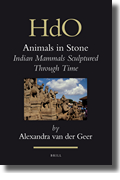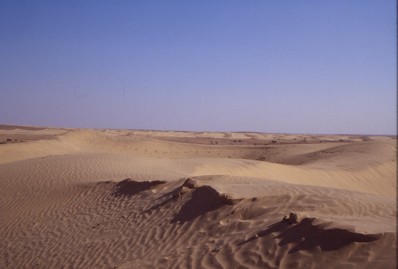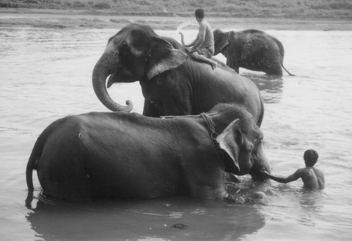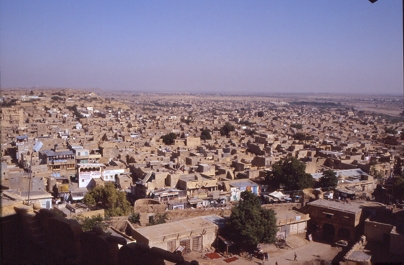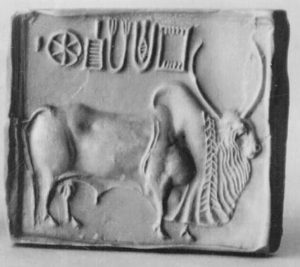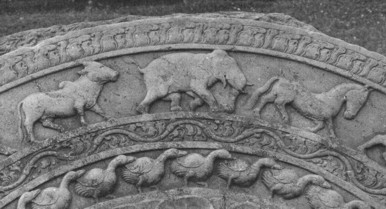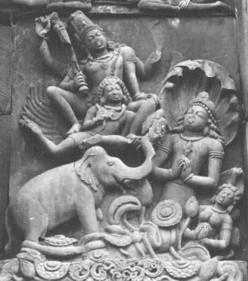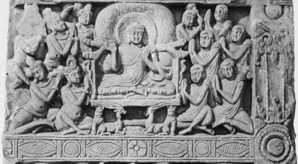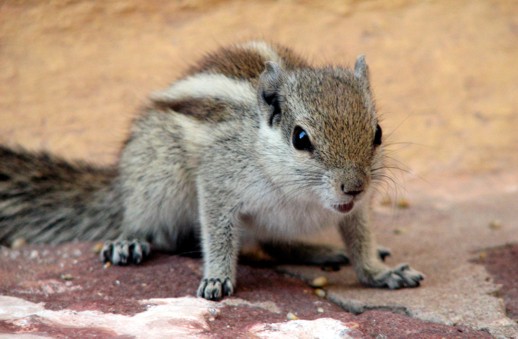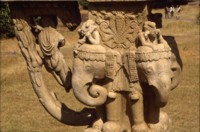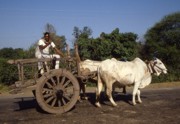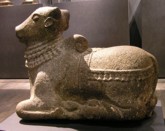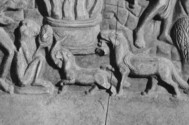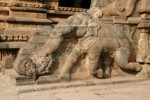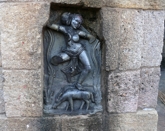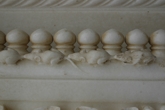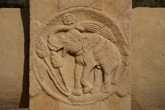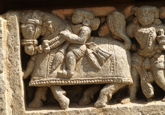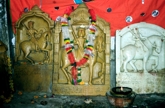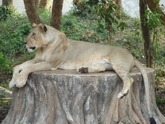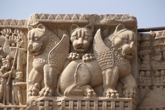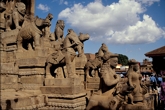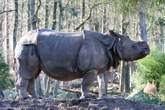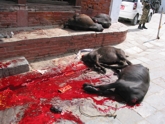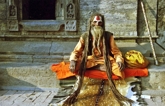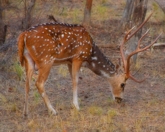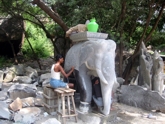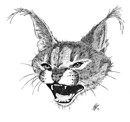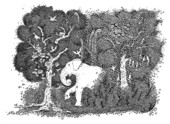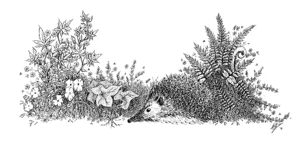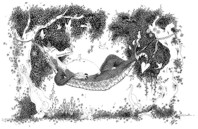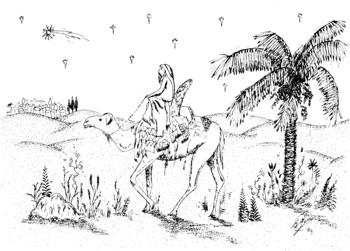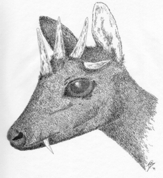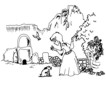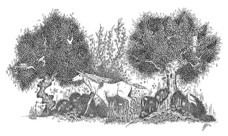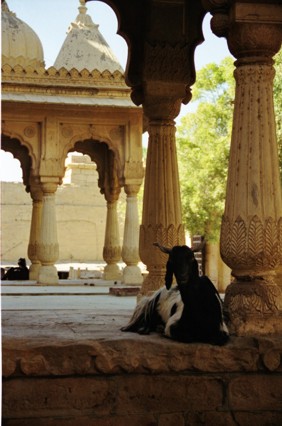
[A goat resting at a well, Jaisalmer (Rajasthan); photo J. Kamphorst]
The art history of South Asia covers a time span of roughly four and a half thousand years. During this period, a vast number of animal stone sculptures has been produced, ranging from the pre-historic period till today and covering a great variety of motifs and imagery in different regions and religious traditions. Even so, the number of studies devoted to these animal sculptures has remained extremely limited. The present book aims at filling this knowledge gap. With this richly illustrated book, the first of its kind, I offer a comparative study of the ways in which various animals have been depicted and a lucid analysis of the sculptors’ treatment of their “models”: living animals. The art history of sculptured animals is contextualized with a description of the use of animals as can be read from ancient texts, archaeological evidence and contemporaneous culture. In doing so, parallels as well as differences in style or iconography are highlighted, elucidating the variety of animal depictions across regions, religious contexts and through time. The corpus of discussed material ranges from Indus seals, stupa panels and railings, monumental temples from North and South India, non-religious palace and fort architecture to loose sculptures in museum collections.
Published (2008) in the series Handbook of Oriental Studies, Section 2 South Asia, 21, by Brill (Leiden, the Netherlands) (ISBN-13 978 90 04 16819 0, ISSN 0169-9377, hardback, number of pages lxxii + 814) (Order from Amazon.com). Download a free ebook (PDF) from Brill (Open access PDF)
Animals in Stone, Indian fauna sculptured through time combines zoology and art history of the South Asian subcontinent. Indian mammals as they were sculptured in stone through the ages are compared with their living counterparts and their role in society and religion is discussed. The animals are sometimes rendered with great care and good observation, whereas others are no more than a vague reference to the animal in question. In some cases, the animals as prescribed in written text, appear to belong to a different species in the sculpture. A number of animals escaped depiction all together, either because they are very rare and seldom seen, or because they are not wanted. The overwhelming majority of animals depicted in stone sculpture is limited to the domestic animals. Only a minority of stone sculptures focusses on wild animals, some of which are nowadays extinct from the area.
This material is based upon work supported by the Jan Gonda Foundation (Royal Dutch Academy of Sciences) and the International Institute for Asian Studies. Any opinions, findings, and conclusions or recommendations expressed in this material are those of the author and do not necessarily reflect the views of the Jan Gonda Foundation or those of the International Institute for Asian Studies.
